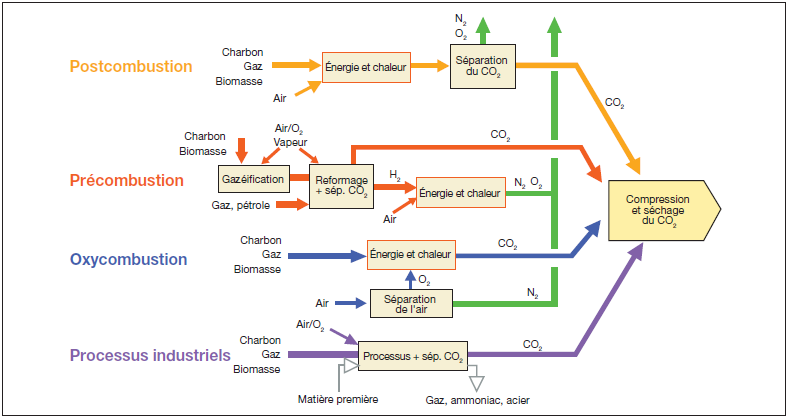-
 Gunning
Gunning
-
 Specialised link
Specialised link
-
 Sea Launch
Sea Launch
-
 Endergonic
Endergonic
-
 Greenstick fracture
Greenstick fracture
-
 Ischaemic
Ischaemic
-
 Glaciation
Glaciation
-
 Polysynthetic
Polysynthetic
-
 Active fault
Active fault
-
 Cryptanalysis
Cryptanalysis
-
 Geomorphosis
Geomorphosis
-
 Colposcopy
Colposcopy
-
 Tumour antigen
Tumour antigen
-
 Biot's law
Biot's law
-
 Altruism
Altruism
-
 H2 histamine antagonist
H2 histamine antagonist
-
 Clinical trial
Clinical trial
-
 Group of galaxies
Group of galaxies
-
 Genetic fingerprinting
Genetic fingerprinting
-
 Hypha
Hypha
-
 True anomaly
True anomaly
-
 Melliferous
Melliferous
-
 Aspirin
Aspirin
-
 Fluid inclusion
Fluid inclusion
-
 Convulsion
Convulsion
-
 Aldebaran
Aldebaran
-
 Down quark
Down quark
-
 H.323
H.323
-
 Autoclaved aerated concrete
Autoclaved aerated concrete
-
 ATV
ATV
Pre-combustion separation of CO2
The pre-combustion separation of CO2 is one of the techniques used for capturing and sequestering CO2. This process consists in treating fuels (oil, coal...) upstream of their combustion.
Principle of pre-combustion separation of CO2
These fuels are first gasified in a reactor exposed to air, water vapour or pure oxygen, in order to produce a syngas composed of carbon monoxide (CO) and dihydrogen (H2).
This syngas then passes through a conversion reactor where it is exposed to water vapour. The carbon monoxide reacts with the water (H2O) and produces carbon dioxide (CO2) and more hydrogen (H2).
The pressure and concentration of the carbon dioxide (from 15 % to 60 % dry volume) then facilitates the separation of CO2 and hydrogen. The concentrated CO2 can then be sequestered.
Advantages and disadvantages ofpre-combustion separation
This process is more complex and more expensive than post-combustion separation, but it produces a more concentrated gas under high pressure, which makes separation easier. It is generally applied in cycle power stations combined with incorporated gasification.
 A diagram showing different processes for the industrial capture of CO2, including pre-combustion separation (in red). © Giec 2005
A diagram showing different processes for the industrial capture of CO2, including pre-combustion separation (in red). © Giec 2005
Latest
Fill out my online form.



